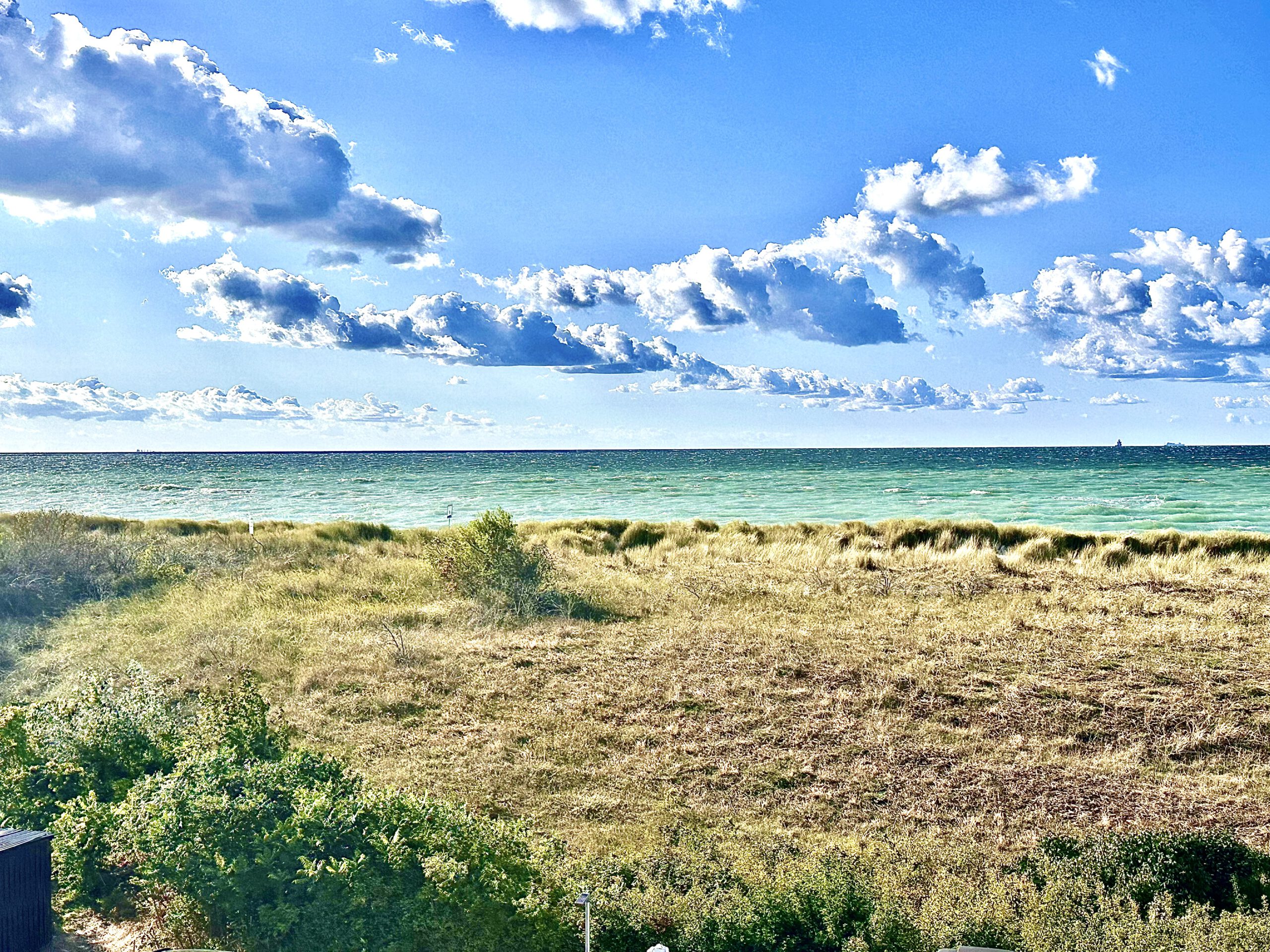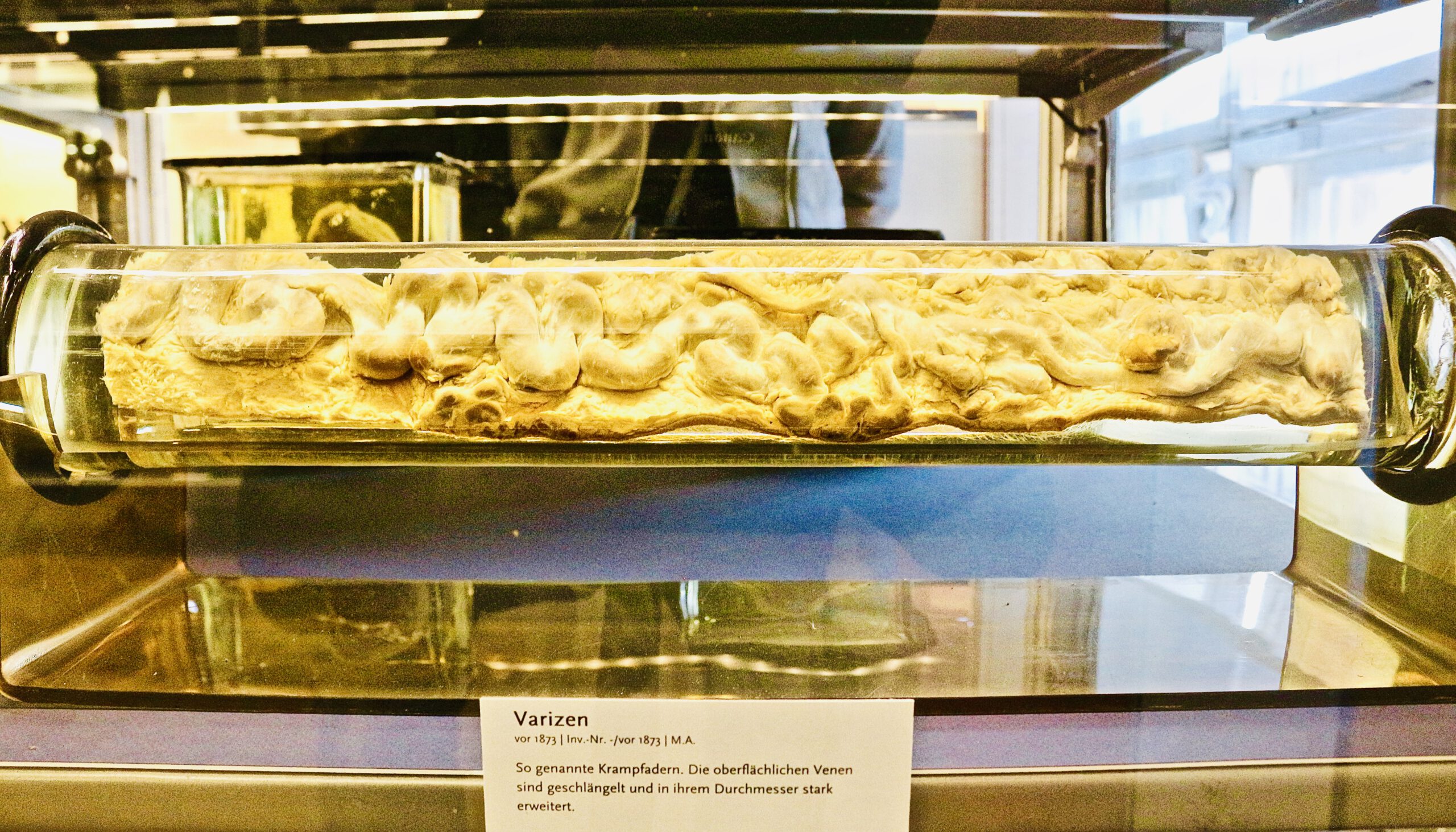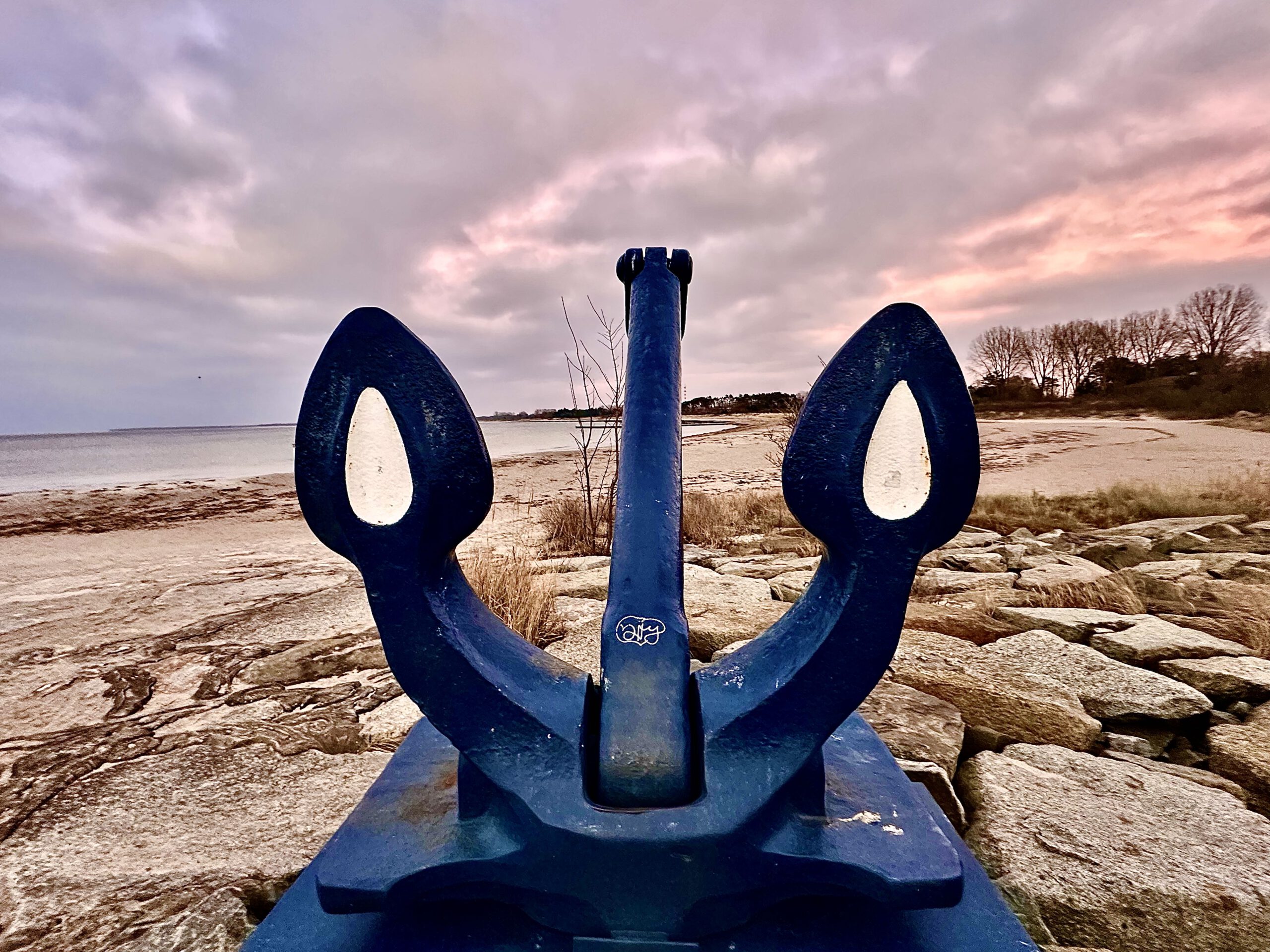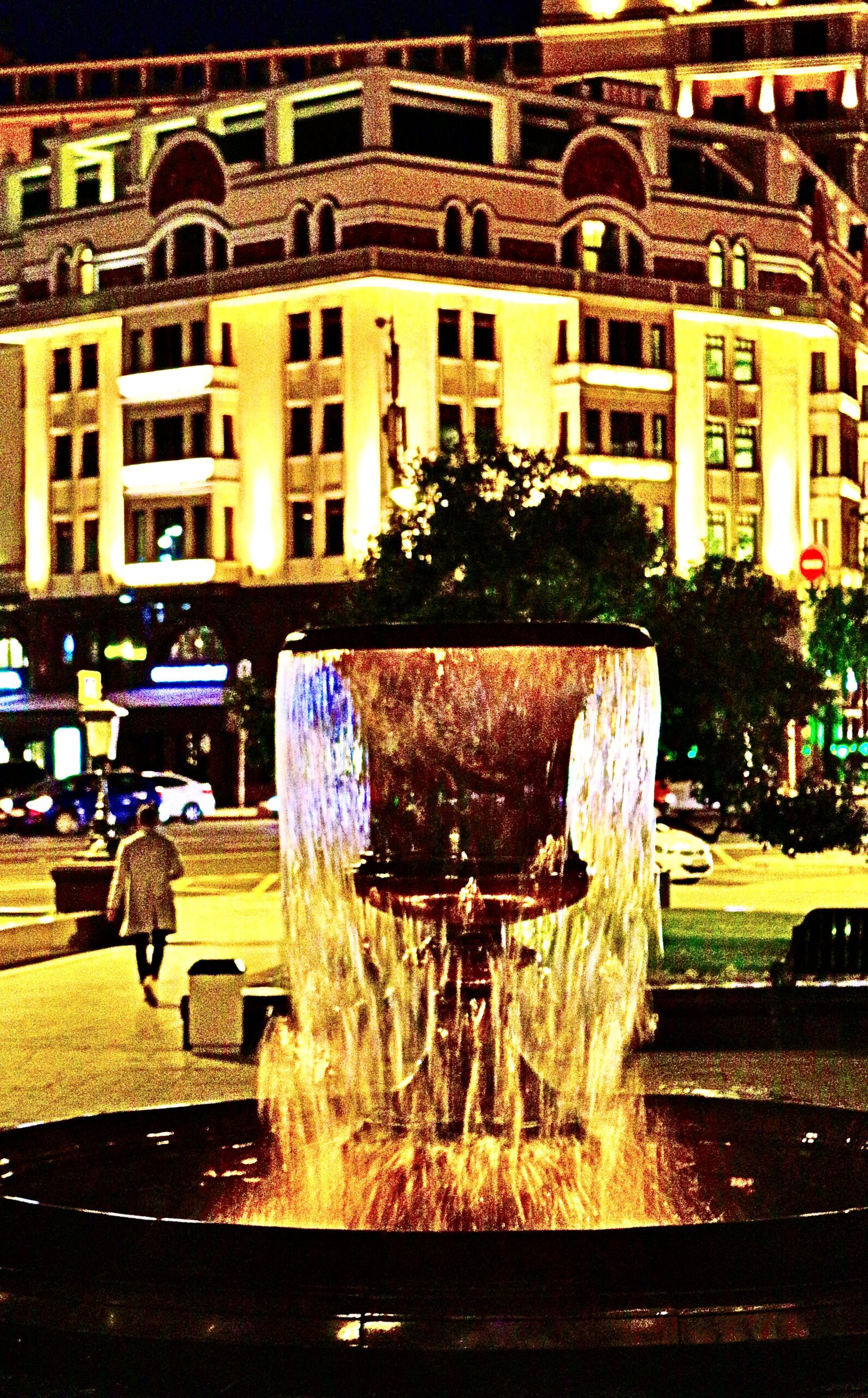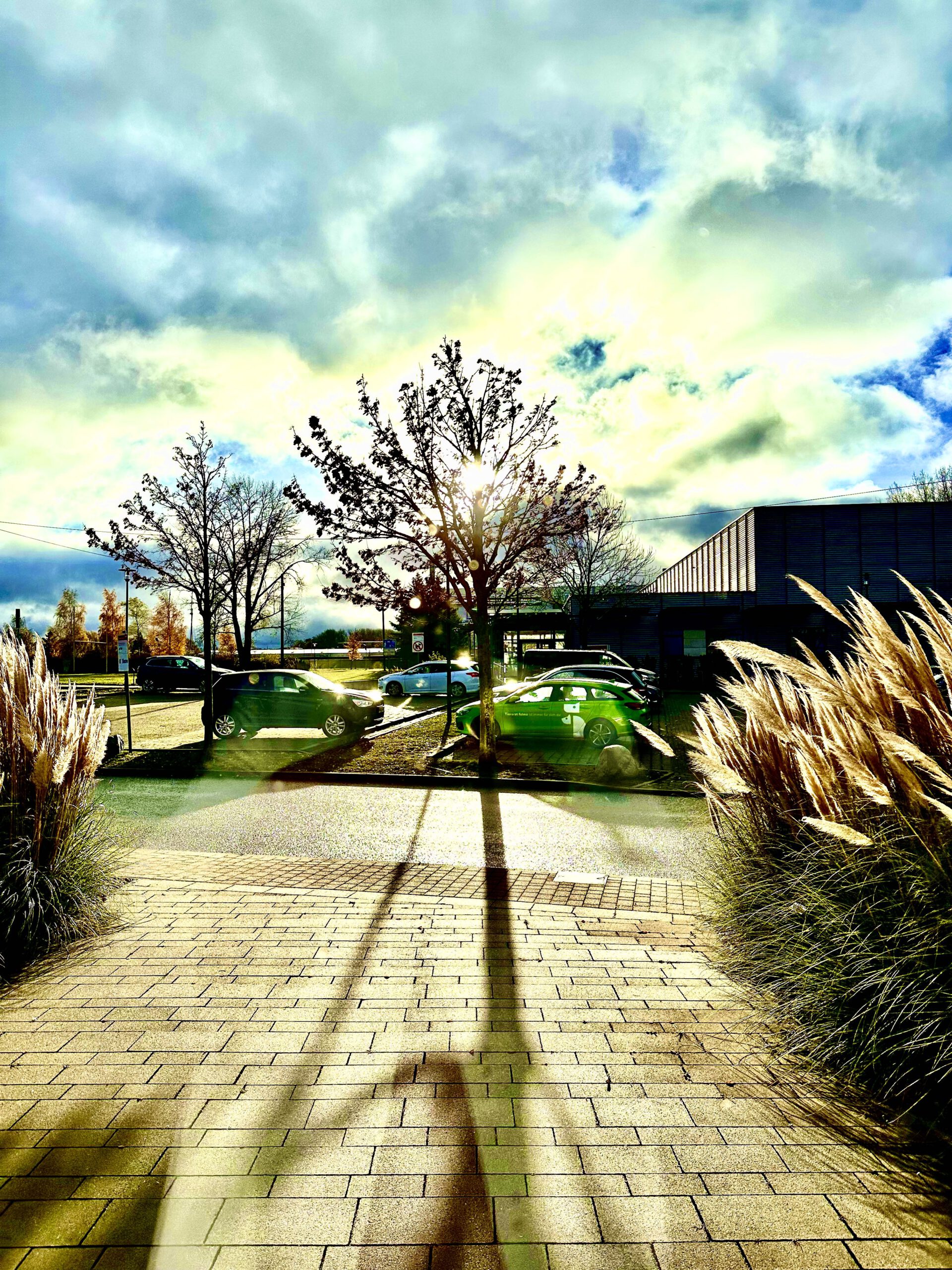Saphenion®: Patientenzufriedenheit nach Venenkleber-Therapie
Saphenion®: Patientenzufriedenheit nach Venenkleber – Therapie: Auf dem gefäßmedizinischen Kongress „Charing Cross International Symposium“ in London 2024 wurden neue wissenschaftliche Studien zur Patientenzufriedenheit nach Therapie mit dem Venenkleber VenaSeal® im Vergleich zu radikalchirurgischen Stripping – Operationen und auch im Vergleich zu thermischen Katheterverfahren (Laser, Radiofrequenz, Sonovein) einer breiten fachlichen Öffentlichkeit vorgestellt.
Saphenion®: Patient satisfaction after vein sealant therapy: At the Charing Cross International Symposium on Vascular Medicine in London 2024, new scientific studies on patient satisfaction after therapy with the vein sealant VenaSeal® were presented to a broad professional audience in comparison to radical surgical stripping operations and also in comparison to thermal catheter procedures (laser, radiofrequency, Sonovein).
